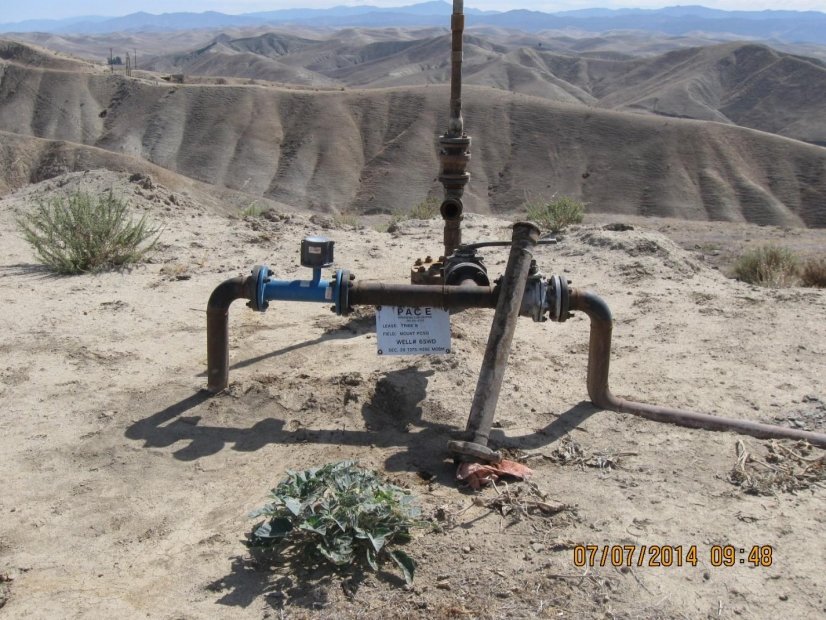
© Unknown
New research indicates that nearly 40 percent of new wastewater injection wells approved over the past year in California are perilously close to fault lines, increasing the risk of man-made earthquakes in the already seismically active Golden State.
The
Center for Biological Diversity (CBD) found that 13 out of 33, or 39 percent, of new drill permits for wastewater disposal wells issued by regulators with California's Division of Oil, Gas, and Geothermal Resources (DOGGR) between April 2015 and March 2016 were for drill sites within 5 miles of a fault.
The CBD also found that 26 of the 33 rework permits for wastewater disposal wells granted by DOGGR over that same period were for wells within 5 miles of a fault. Rework permits are required when a company wants to re-drill a well or alter a well casing.
The CBD said it is concerned about these rework permits because alterations to an injection well can signal that a company is resuming wastewater injections, increasing the volume of water injected, or injecting in a different area underground —
all actions that raise the specter of induced earthquakes.A study released in February found that wastewater injections were likely to blame for an earthquake swarm in Kern County, California, one of the biggest oil-producing counties in the United States.DOGGR is no stranger to controversy, of course, having previously admitted to improperly permitting as many as
2,000 wells to inject fluids from enhanced oil recovery techniques like fracking into
underground aquifers that should have been protected under state and federal law.In a letter, the CBD urged California Governor Jerry Brown to "protect Californians from oil industry-induced earthquakes by ordering your regulators to stop issuing permits for wastewater injection wells within five miles of a fault."
The letter notes that among the 26 rework permits issued was one for a Tejon oilfield well that has already been linked to induced earthquakes. That well was examined in the February study, which identified oil-waste injections as the probable cause of a series of earthquakes in 2005 near Bakersfield, CA, at least one of which was as severe as 4.7 in magnitude. The authors of the study said that "considering the numerous active faults in California,
the seismogenic consequences of even a few induced cases can be devastating."
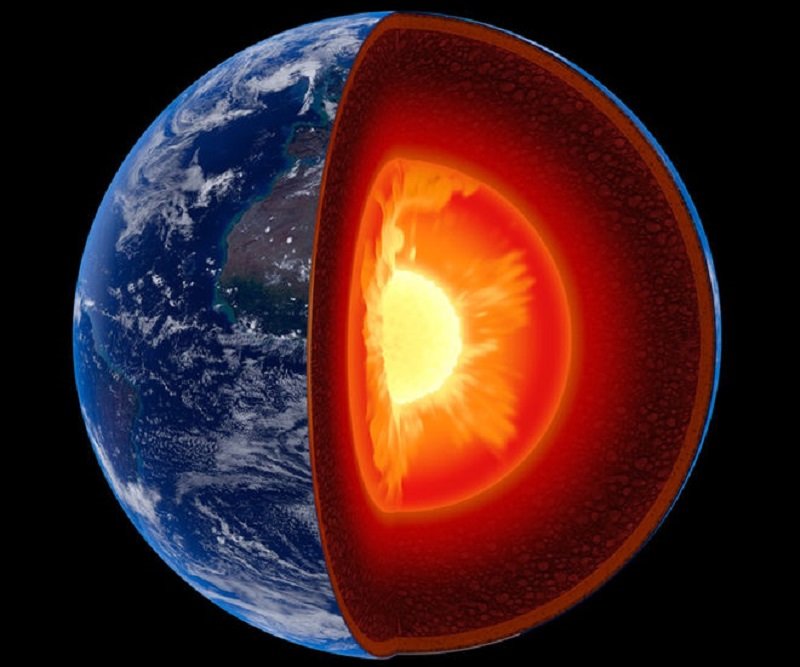
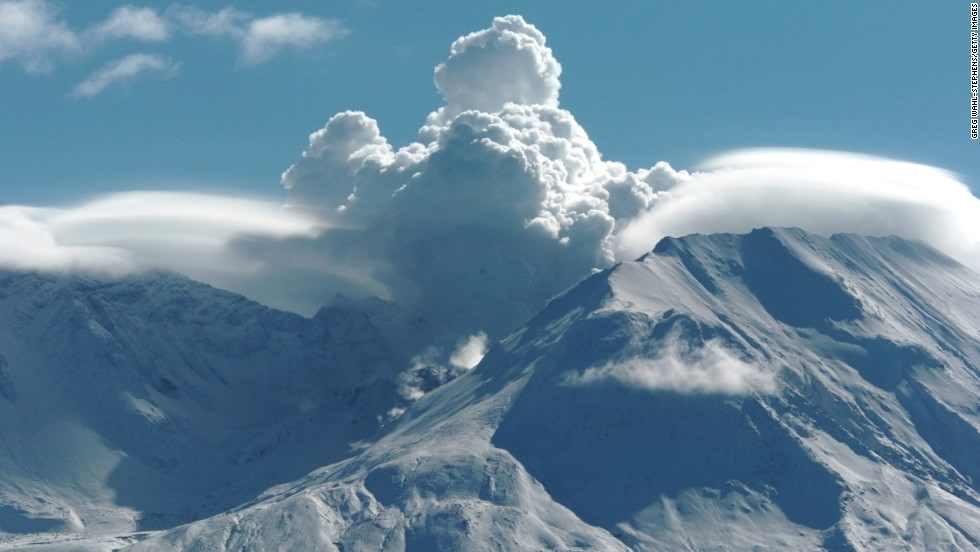
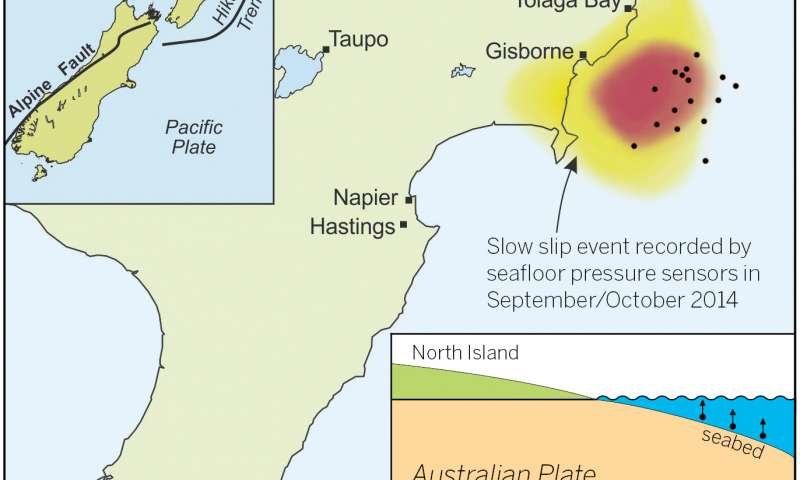
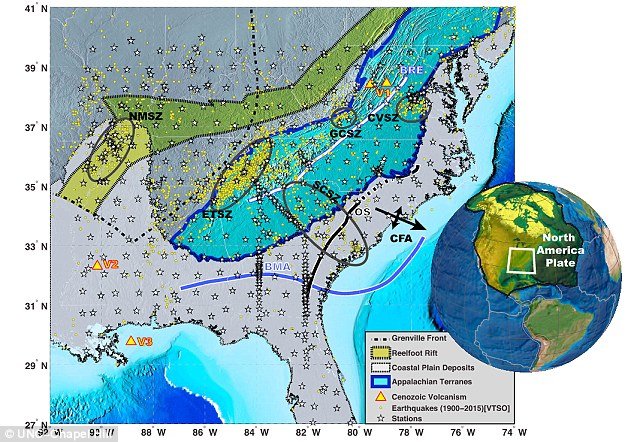
Comment: Some other signs of earth 'opening up' in recent times include: